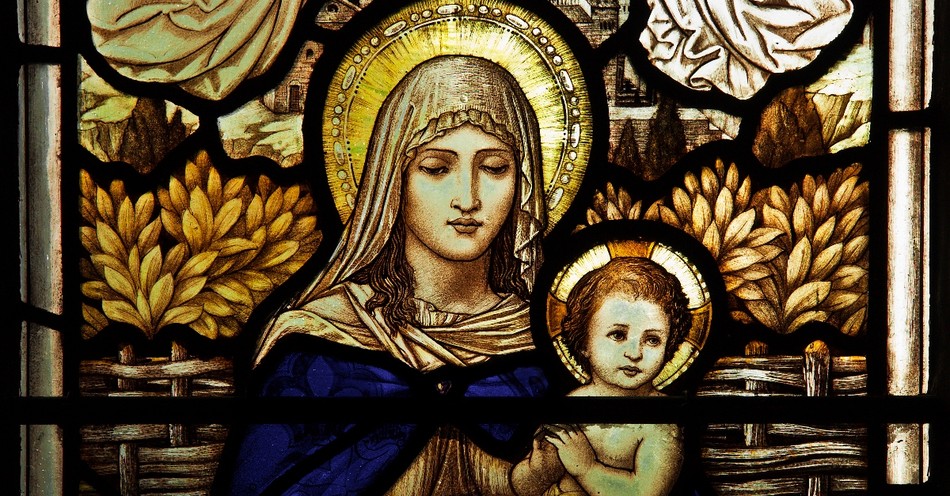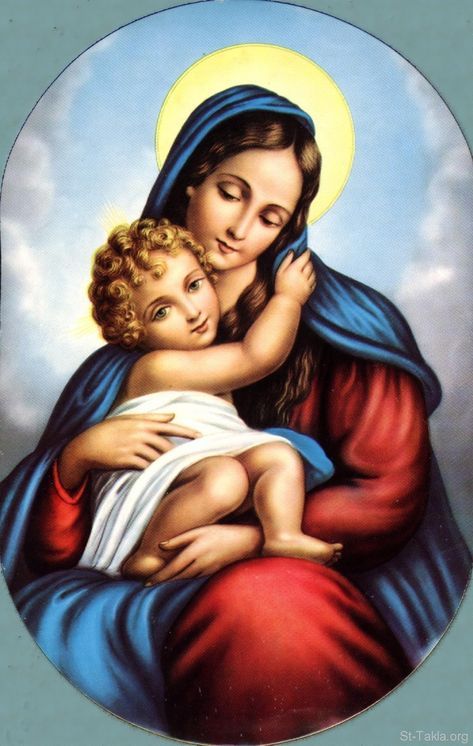The Assumption of Mary: A Triumph of God's Love

Updated at: 2023-08-05 13:20:05 (2 years ago by Melkisedeck Leon Shine)
The Assumption of Mary: A Triumph of God's Love ✨
-
Introduction: 🌟 The Assumption of Mary is a significant event that embodies the triumph of God's love. It is a celebration of the belief that after her earthly life, the Virgin Mary was taken body and soul into heavenly glory. This article will delve into the depth of this beautiful doctrine and explore the profound impact it has on our faith and devotion.
-
Mary, the Mother of God: 🙏 Mary holds a unique and cherished place in the hearts of Catholics worldwide. She is the Mother of God, chosen by God to bring His Son into the world. Just as Mary played an integral role in the Incarnation, her Assumption serves as a testament to her extraordinary role in salvation history.
-
No other children except Jesus: 🚫 Contrary to some misunderstandings, the Catholic Church teaches that Mary remained a perpetual virgin throughout her life. She dedicated herself entirely to God and His plans, forsaking any other earthly relationships. This commitment to purity further highlights the significance of her Assumption.
-
Biblical Examples: 📖 The assumption of Mary is not explicitly mentioned in the Bible, but there are passages that allude to this glorious event. In Psalm 132:8, we read, "Arise, O Lord, and go to your resting place, you and the ark of your might." The Ark of the Covenant, a symbol of God's presence, prefigures Mary's Assumption as she carried the Son of God within her.
-
A Heavenly Reward: 🌈 The Assumption is a divine reward for Mary's unwavering faith and her unique role in salvation. She was chosen among all women to be the Mother of God, and her Assumption demonstrates God's immense love and honor for her. It is a testament to the infinite value of a life lived in total surrender to God's will.
-
Catholic Teaching: 📚 The Catechism of the Catholic Church affirms Mary's Assumption, stating, "The Immaculate Virgin, when the course of her earthly life was finished, was taken up body and soul into heavenly glory." (CCC 966) This official teaching reaffirms the truth and significance of this blessed event.
-
Immaculate Conception: ❄️ To fully comprehend the Assumption, we must also understand the Immaculate Conception. Mary was conceived without original sin, an exceptional privilege granted by God. Her sinless nature allowed her to be an immaculate vessel for the Incarnation and serves as a vital preparation for her Assumption.
-
A Glimpse of Heaven: 👼 The Assumption of Mary provides us with a glimpse of the glory that awaits us in heaven. It reminds us that our ultimate destiny is to be united with God, body, and soul. Mary's Assumption offers hope and encouragement that we too can attain eternal life through our faith and love for God.
-
Testimony of the Saints: 🙌 Throughout history, numerous saints have attested to the Assumption of Mary. St. John Damascene beautifully proclaimed, "It was fitting...that the most holy body of Mary, God-bearing body, receptacle of God, divinized, incorruptible, illuminated by divine grace and full glory...should be entrusted to the earth." The testimony of the saints strengthens our belief in this wondrous event.
-
The Assumption in Art: 🎨 The Assumption has been a recurring theme in Christian art, with countless masterpieces depicting Mary's heavenly ascent. These works of art invite us to contemplate the beauty and joy that surrounded this extraordinary event, fostering a sense of awe and reverence in our hearts.
-
Mary's Intercession: 🙏 As the beloved Mother of God, Mary continues to intercede for us and guide us on our spiritual journey. Her Assumption affirms her role as the Queen of Heaven, who intercedes for our needs and brings our intentions before the throne of God. Entrusting ourselves to her loving care can lead us closer to Jesus.
-
Purity and Holiness: 🌷 Mary's Assumption calls us to embrace purity and holiness in our own lives. Just as she remained faithful and dedicated to God's will, we too are called to live lives of virtue, seeking to conform ourselves more fully to Christ. Mary's Assumption serves as a reminder of the transformative power of God's love in our lives.
-
A Sign of Hope: 🌟 The Assumption of Mary offers us hope in the midst of life's challenges and uncertainties. It reminds us that God's love and grace can transform our lives and lead us to eternal glory. Mary's assumption is a beacon of hope that encourages us to persevere in faith and trust in God's providence.
-
Conclusion and Your Opinion: 🌻 The Assumption of Mary is a celebration of God's love and the extraordinary role Mary played in salvation history. It is a beautiful reminder that our ultimate destination is heaven, and that through our faith and love for God, we too can attain eternal life. What are your thoughts on this glorious event? Share your opinion below!



